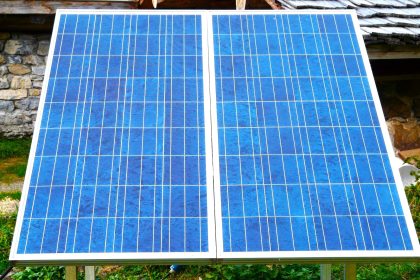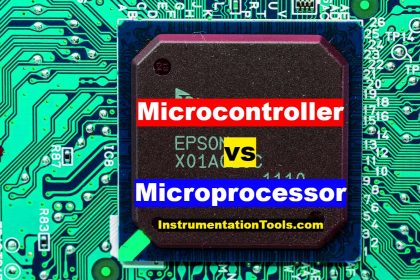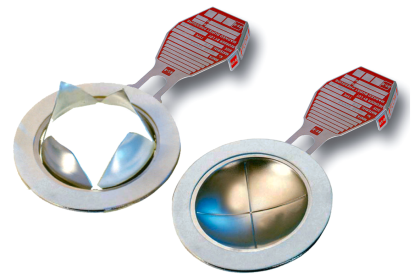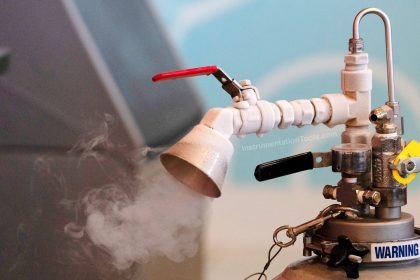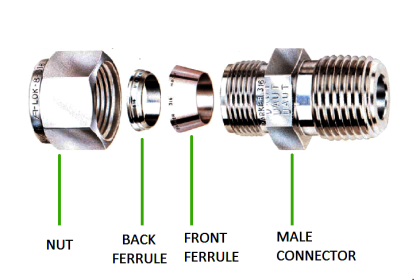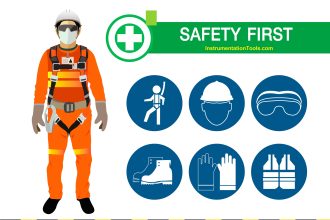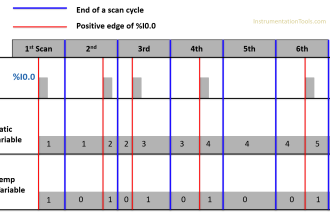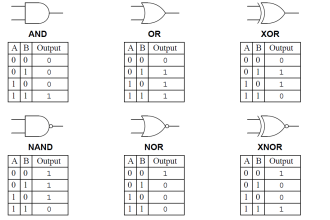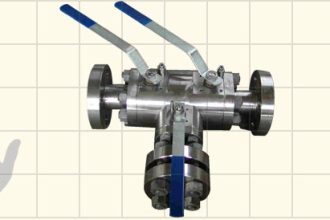In this article, you will learn the difference between the skin effect and the proximity effect on the conductors.
Skin Effect
This effect occurs when the maximum current is concentrated at the outer surface of the conductor. Let us understand how it happens.
Refer to the below image. As you know, when a current flows through the conductor, an electromagnetic field is created around it. So, suppose the current is flowing from the core centre of the conductor.
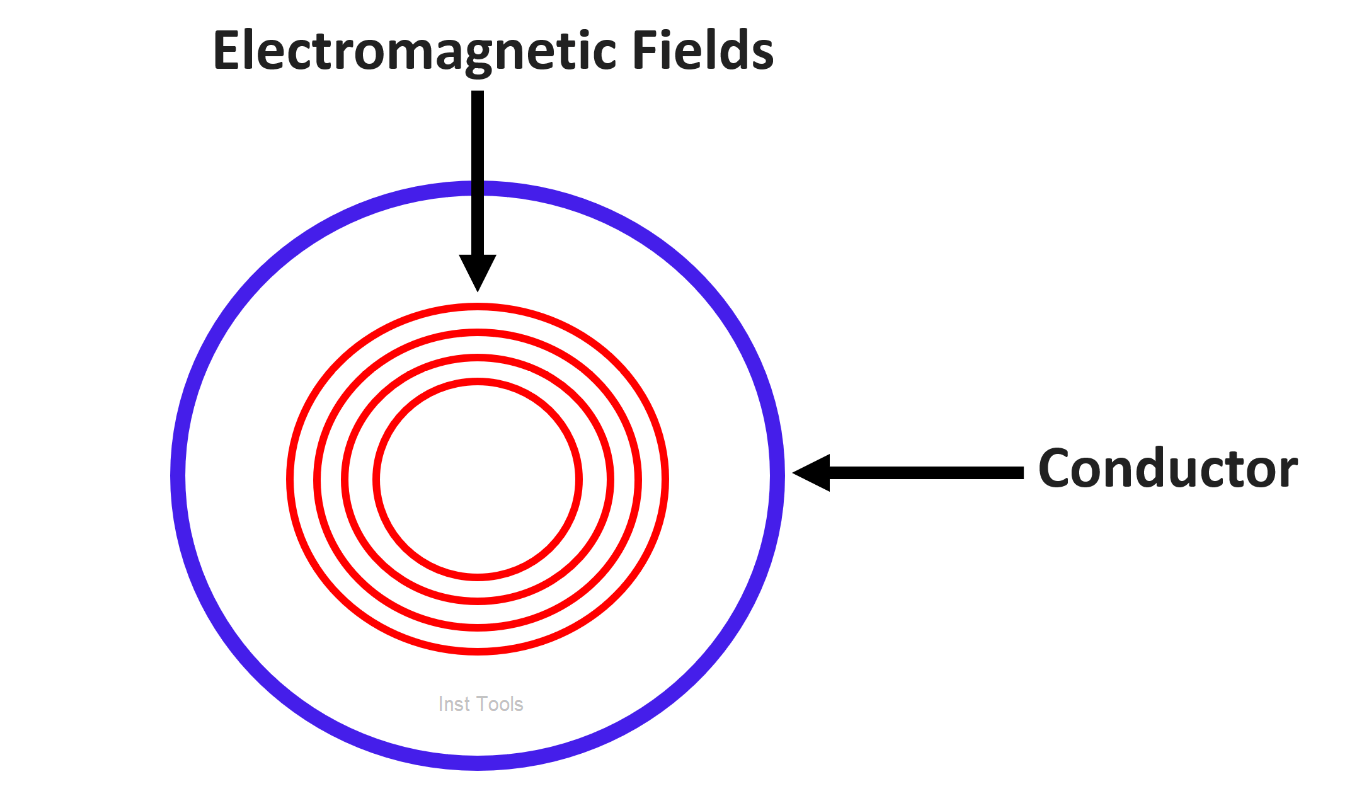
Due to electromagnetic fields created, multiple layers of current are created around the core. Now, the magnetic flux from the centre starts cutting the current path of the fields flowing.
As you go towards the surface of the conductor, you will see that the power of flux goes on decreasing. This means the flux leakage is more concentrated around the centre and inner surface of the conductor. Due to more leakage, current flowing is low.
As the flux cutting of fields is low near the surface (simply, at a larger distance from the centre), more current is flowing through them as leakage will be low.
It is to be noted that DC current does not have a skin effect. Skin effect happens only in AC current.
Skin effect reduces the efficiency of AC current. Means, suppose the conductor you have selected is for 20A.
Due to the skin effect, as the current loss is higher in the core of the conductor, resistance increases and current is only concentrated on the surface of the conductor. So, the current carrying capacity of the conductor automatically decreases.
Factors Affecting Skin Effect
Let us have a look at the factors affecting skin effects.
- Line Frequency – As the line frequency increases, the skin effect will also increase.
- Conductor diameter – Skin effect is more in conductors with big size diameter as compared to conductors which have less diameter.
- The shape of conductor – If the shape is pure solid in nature, then the skin effect will be more. But, it will be less in shapes like compact, compressed and concentric.
- Temperature – If the temperature is higher, then the skin effect will also be higher.
Proximity Effect
It can be termed an extended theory of skin effect. Suppose there are two conductors laid nearby and the current is flowing through them.
Now, there are two cases supporting the proximity effect. The first case is when the current flows in the same direction and the second case is when the current flows in opposite direction. In both cases, electromagnetic fields interact with each other.
Let us consider the first case. When the electromagnetic fields from both the conductors interact with each other, then flux density cutting will be more near the close parts of the conductors; whereas it will be less at the farther end of the conductors.
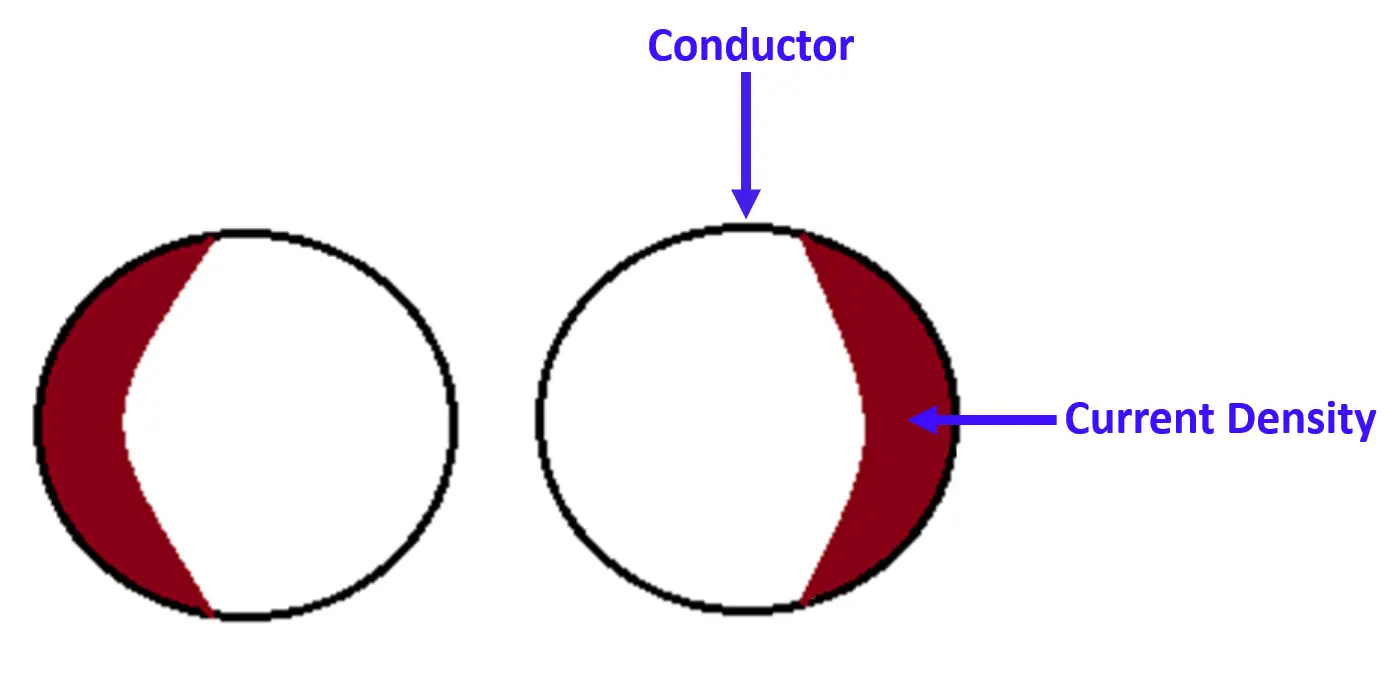
Now, coming to the second case, consider that the current is flowing in opposite direction. When the electromagnetic fields from both the conductors interact with each other, then flux density cutting will be more near the farther parts of the conductors; whereas it will be less at the near end of the conductors.
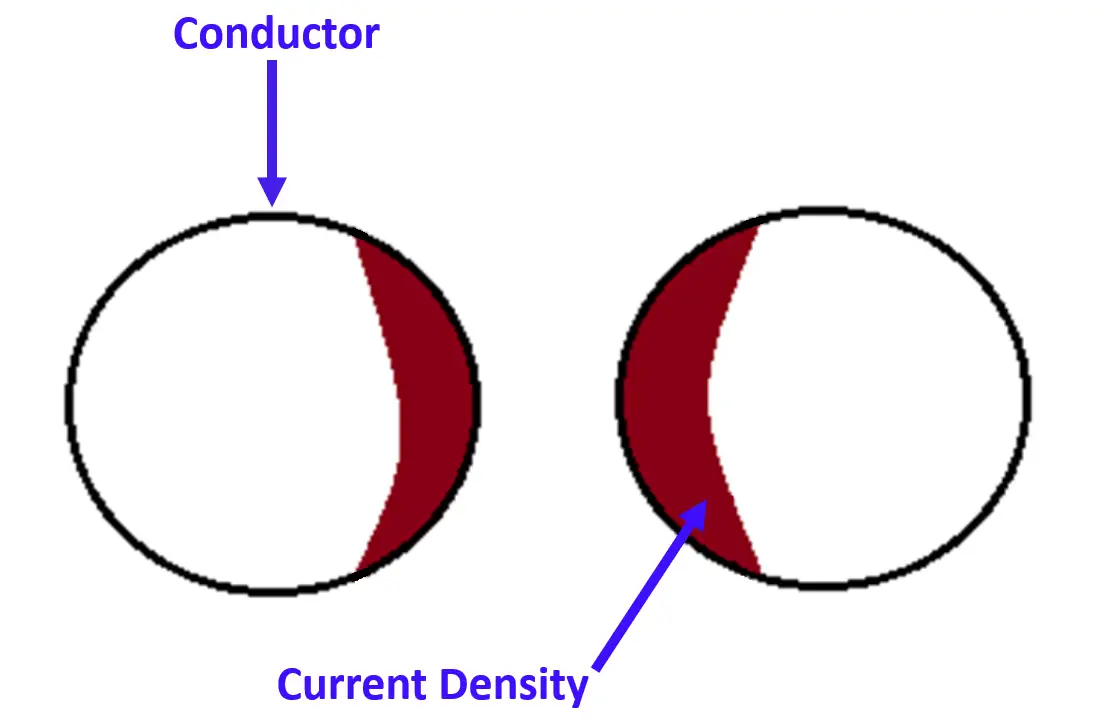
Similar to the skin effect, the proximity effect does not occur in DC current. It can also be reduced by referring to the above-given factors of skin effect.
